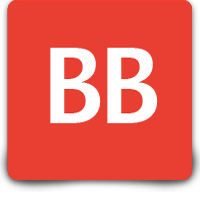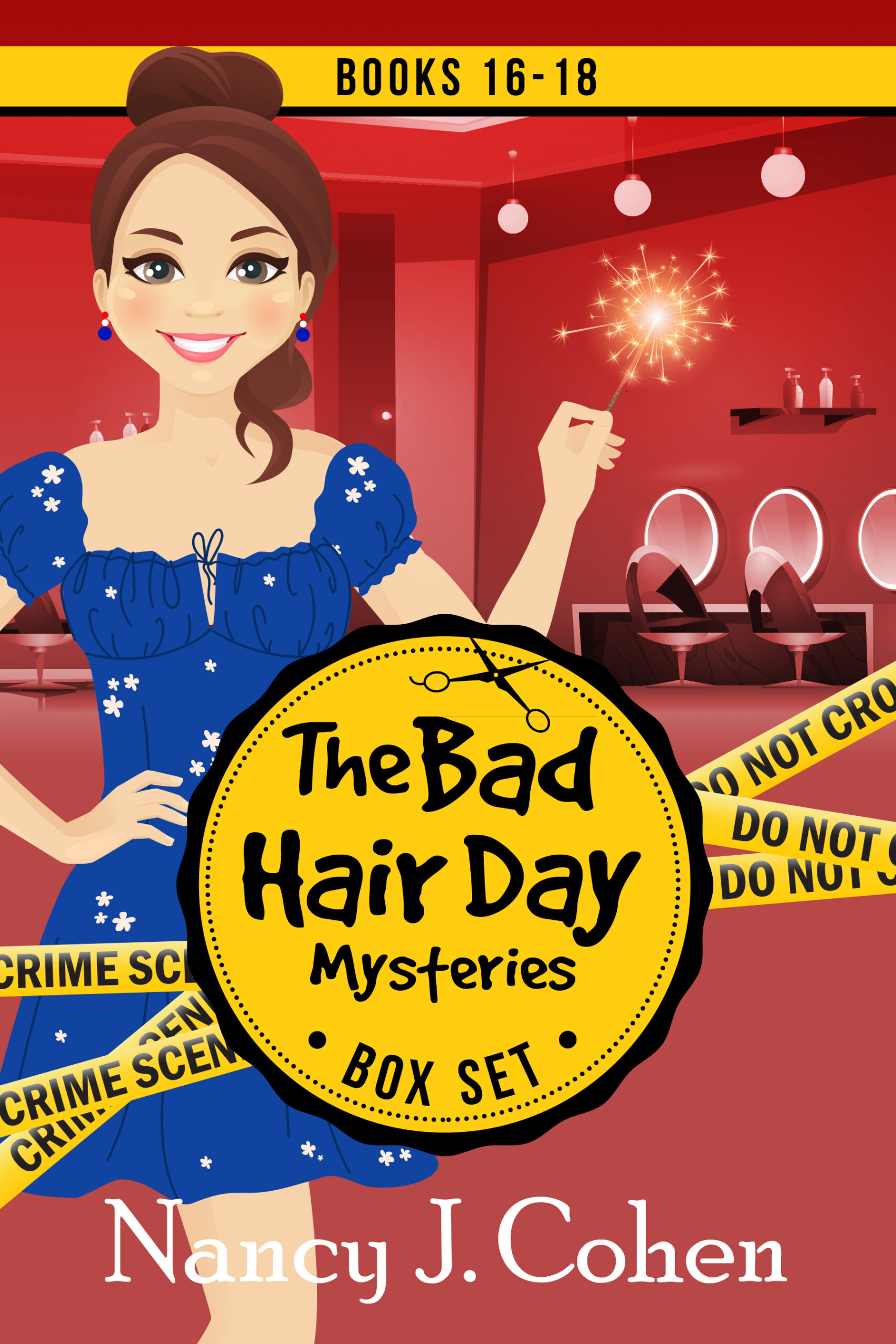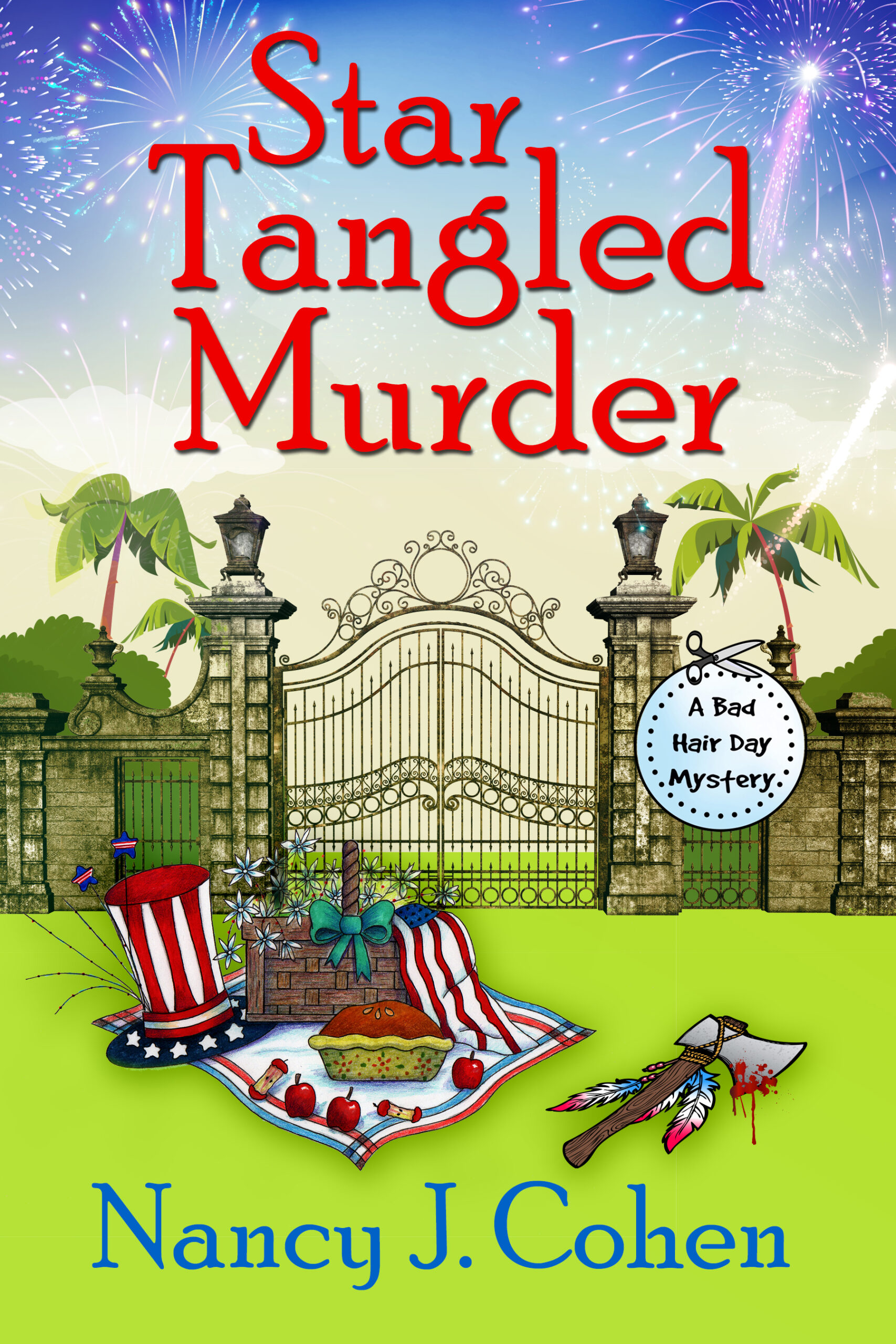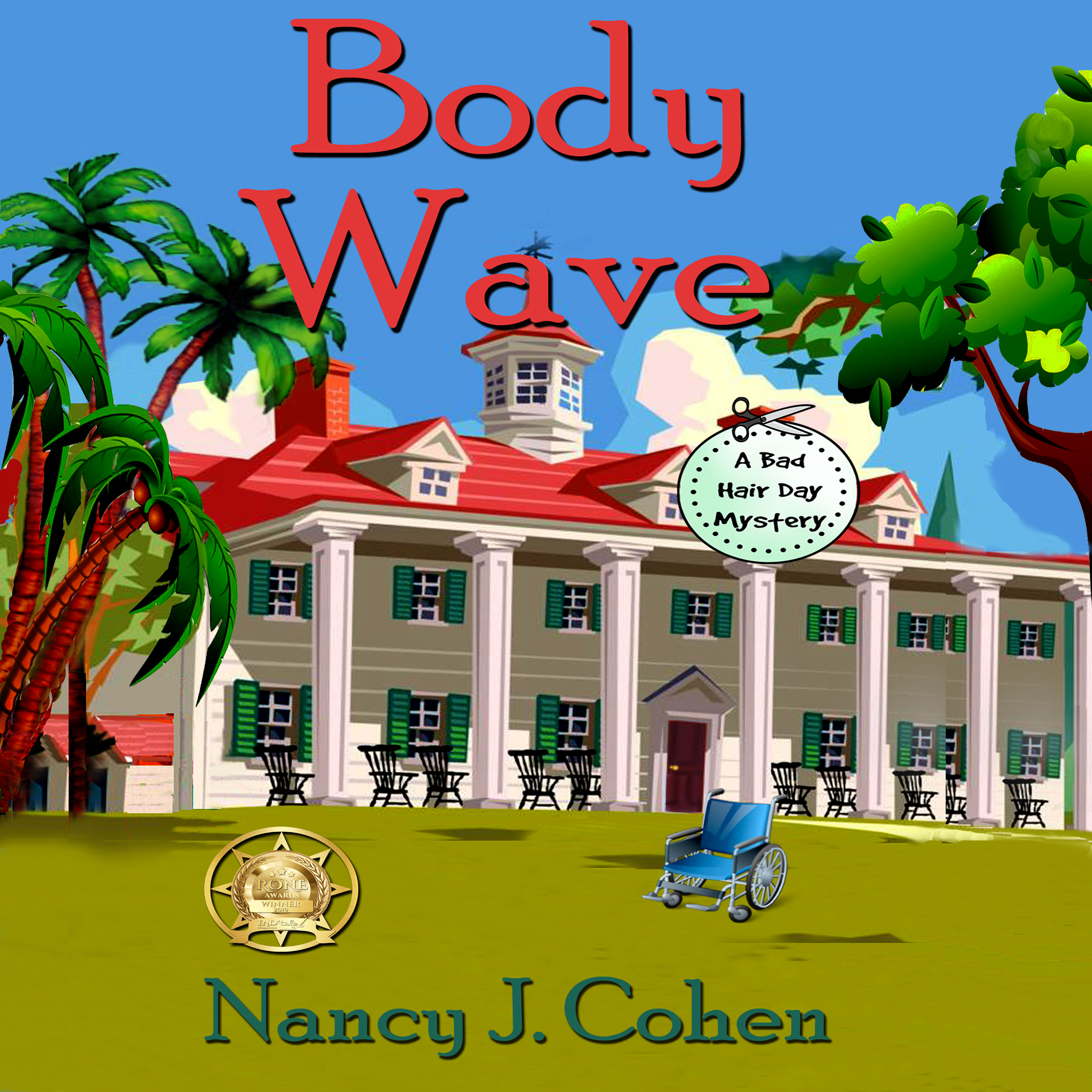Buying and Assigning ISBNs for your Indie Published Books
This is Part 4 in my Self-Publishing Made Simple blog series.
Legalities
You’ve prepared your manuscript as per Part 2 and Part 3 below. Now decide if you’ll want to publish your work under your own imprint. If so, create a publisher name and do an online search to see if the domain is taken. If it is available, reserve the domain name.
Register with your State as a “Fictitious Name” or a “Doing Business As” company. You can do this online. Or establish an LLC. Check with your accountant to see which one is right for you. It looks more professional for your book to be published by “XYZ” Press than by the author.
Apply for a county or city business license/tax receipt as required. Note: if you’re 65, you may be exempt from fees but you still have to apply. Check your local regulations.
Open a business bank account. Consider if you’ll be selling your own books and will need to collect sales tax. Otherwise as sole proprietor, you don’t need an EIN number. Use your own SS number as an individual proprietor. Again, check with your accountant or attorney for what’s best for you.
Buying ISBNs
ISBN stands for International Standard Book Number. Why own your ISBNs?
- Control over metadata
- More professional – Your imprint is the publisher
- More availability to retailers, booksellers, and librarians
- You need an ISBN to get a barcode, which may or may not include pricing information.
- You need one ISBN number per format. So for an ebook and a paperback edition, you’d need two ISBNs. For a hardcover, you’d need another one. You do not need an ISBN to publish an audiobook through ACX. You may need one for audiobook distribution elsewhere.
- Certain book distributors will require you to have your own ISBN.
- Resource: http://www.ingramspark.com/blog/owning-your-own-isbn-in-self-publishing
Where can you buy them?
Sign in to http://www.Bowker.com It costs $295 for 10 ISBN numbers. You DO NOT need to buy a barcode or a QR code. You can get these free online by searching for free barcode generators or free QR codes. Otherwise, distributors such as Ingram and KDP Amazon supply their own barcodes. Sign up for emails from Bowker.com so you can be notified of sales.
How to Assign Title Data to Your ISBN(s):
- Sign into https://www.myidentifiers.com/ with your username and password
- Go to the My Account dropdown menu on the right side of the navigation bar at the top of the page.
- Click Manage ISBNs.
- Click Assign Title next to the ISBN number you wish to assign.
- Complete all fields marked with red asterisks. Be sure you have ready your book’s description, format, price, and author biography.
Title Details
Book title, subtitle, main description, original publication date, language, copyright year, optional Library of Congress Control Number, cover image.
Contributors
Your author name goes here along with your bio.
Format and Size
Medium, i.e. Ebook, Digital, Print, or Audio
Format, i.e. Electronic Book Text
Primary Subject, i.e. Fiction, Mystery and Detective, General
Secondary Subject, i.e. Fiction General
Editions and Volumes; Title Volume Number – number of book in a series; Total Volume Number – number of products in a multi-volume work (i.e. box set)
Previous Edition ISBN or New Edition ISBN
Sales and Pricing
Where is the title sold? United States
Publisher and Imprint. Here is where you put your LLC or fictitious publisher name.
Title Status: Active Record
Publication Date: Fill this in; you can change it later if necessary
Target Audience, i.e. Trade
Price: Currency (US Dollars), Price (3.99) Type (Retail Price)
Series Title Info (name of series) and Series Volume Number
Hit the SUBMIT button.
You can change or add any of this material, except the ISBN number assignments, at a later date.
If you have another format for the same title, you can click “Clone” next to the first one, select the next ISBN number, and change the data accordingly for the new title.
If this site isn’t working work well for you, switch to a different browser.
Keep your ISBNs handy. You’ll need to add them to your copyright page before formatting and to fill them in when you upload your book to the various distributors.
Do you have any tips on this topic to add?
Buying & Assigning ISBNs for your Indie Published Books #indiepublishing #amwriting Share on XComing Next: Preparing for Book Production
Enter our Monthly Giveaway at Booklovers Bench for a chance to win a free book from our Prize Vault.
8 thoughts on “Self-Publishing Made Simple – Part 4”
Comments are closed.
























All good advice, but very little of this is necessary to publish a book. I’ve got over 30 publications out there, and because I have no delusions of hitting it big in bookstores, I use my own name as publisher, let the various sales channels provide ISBNs and other identifiers. 99% of my income is from ebooks, so that’s my focus. Much easier, much faster, and a whole lot cheaper.
You are right. This is only one method. If you’re mainly going to publish on Amazon and perhaps do KU, then this may be all you need. But I upload directly to some of the sites like Apple and I believe they require an ISBN. You could go through D2D or Smashwords and use theirs, but I still favor having an imprint. It’s a personal choice.
Not quite true. I go totally wide, and every channel provides some kind of identifier number. If you publish print via Amazon or B&N, they also provide you with a free ISBN.
This may be true, but I’ve also done signings with booksellers on consignment who request books with ISBNs. Again, it depends upon your purpose and personal choice.
I agree with Nancy on this issue. ISBNs are an important part of the ownership of your works. I’m on my third set of ISBNs since publishing my first Indie novel in 2008. Why do I use my own ISBNs instead of those supplied by Amazon or B&N or Kobo? Because, for the publishers, (Amazon, Apple, Kobo, B&N, etc.) and the aggregators, (Draft2Digital, Smashwords, etc.) the ISBN brands the book as one of theirs, since they are the ones who purchased the ISBNs going on your book. Because the eBooks and Print booksellers will only sell books with their ISBN or the one you purchased yourself, this means each of your books will have several ISBNs, but none directly attributable to you. There are more reasons, but I’ll let it end here for now.
These are good points, David. Thanks for sharing.
Always great advice< Nancy. Thank you for sharing your information. You are very generous!
Thanks so much for stopping by and for leaving a comment, Patrick!